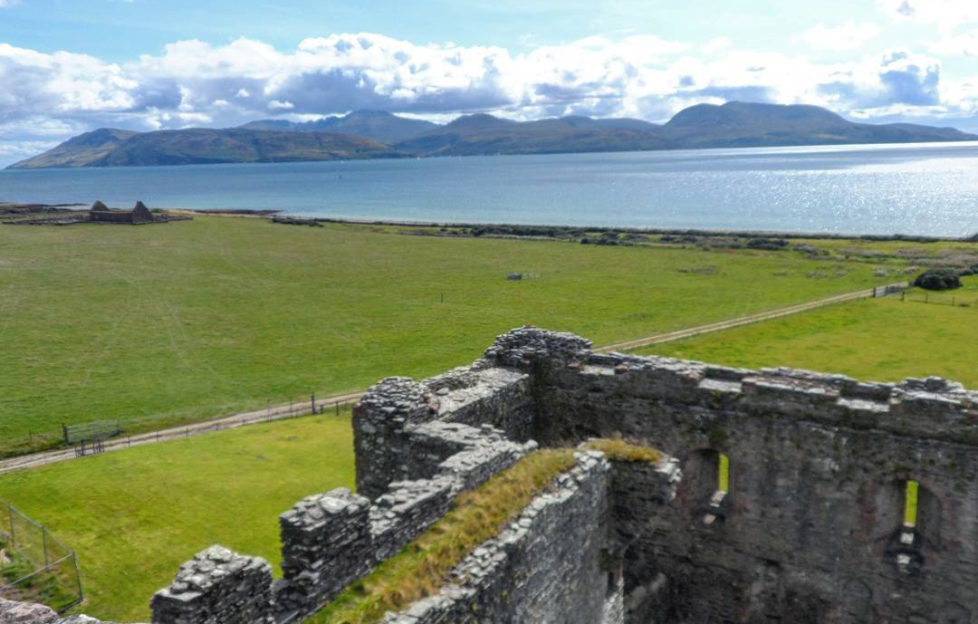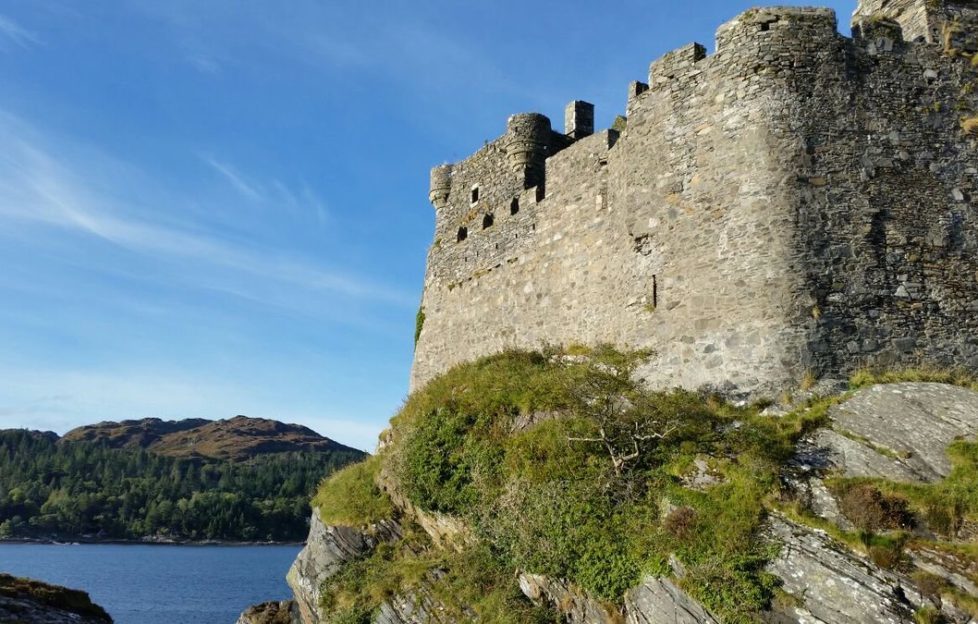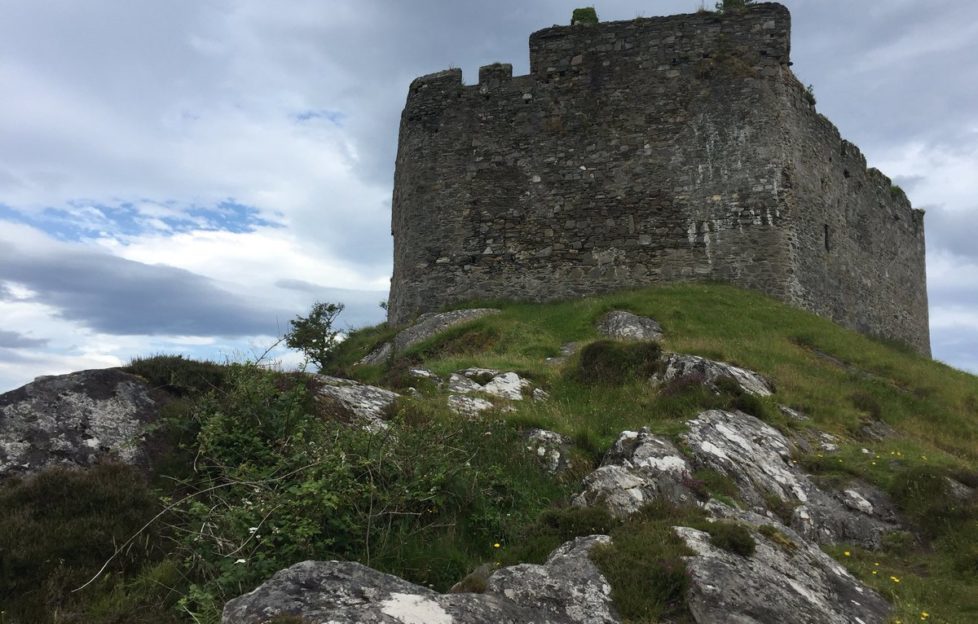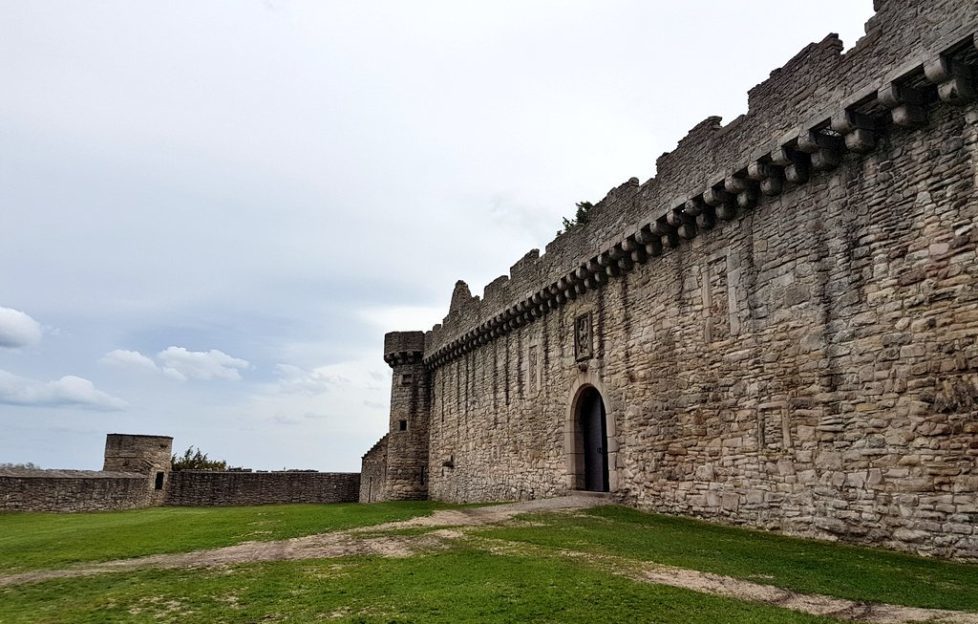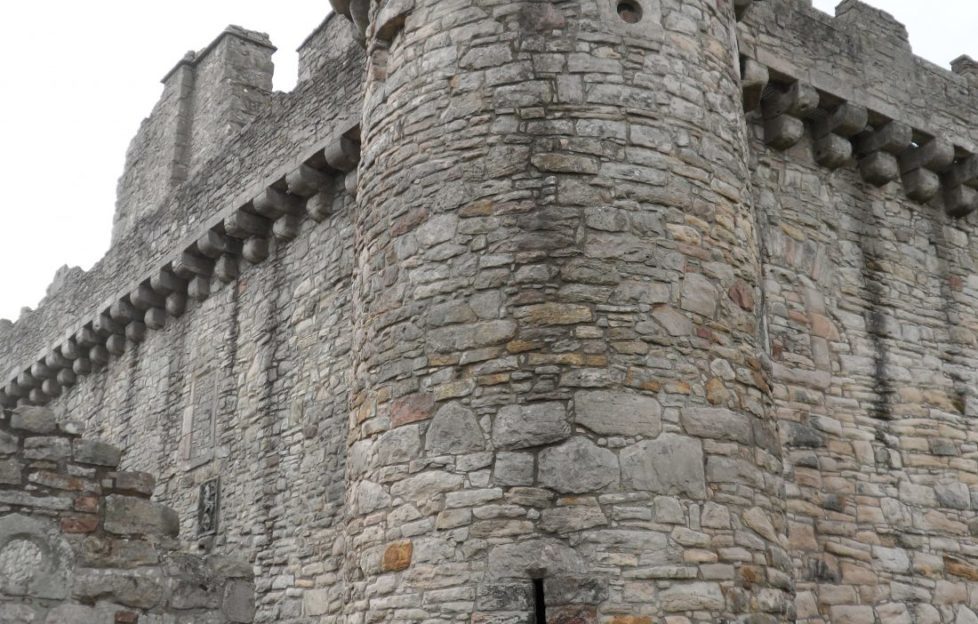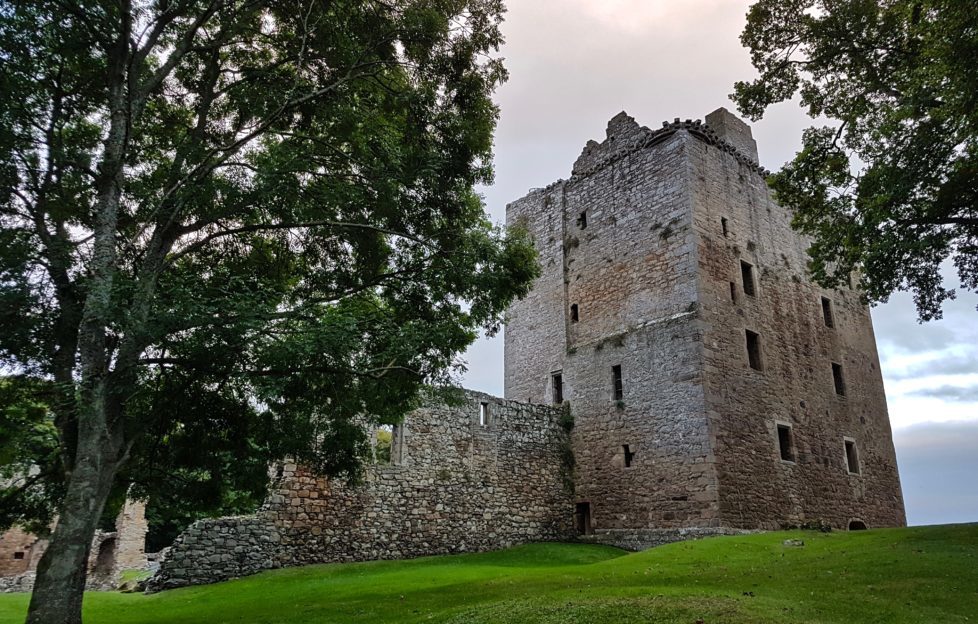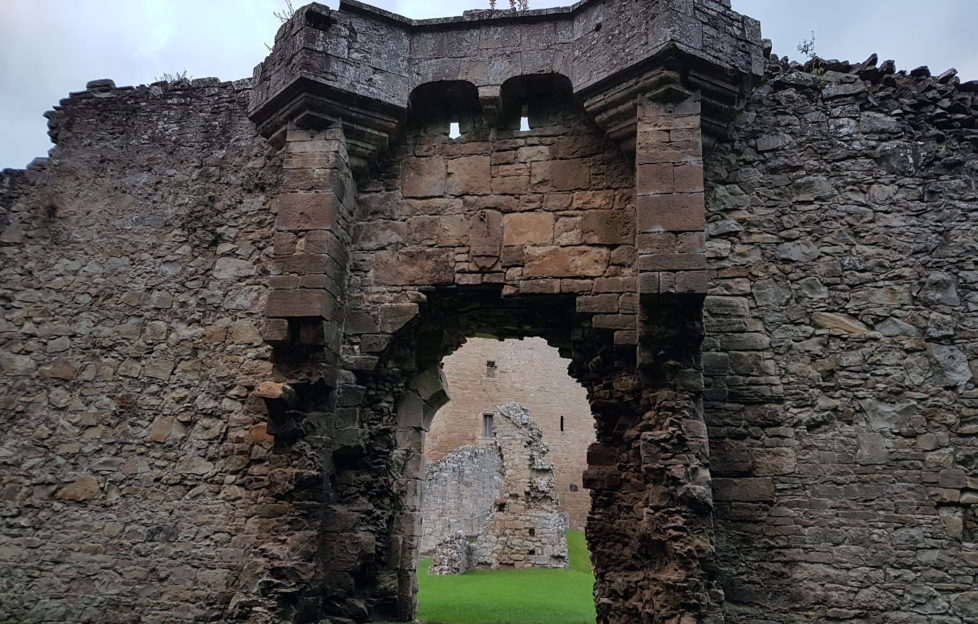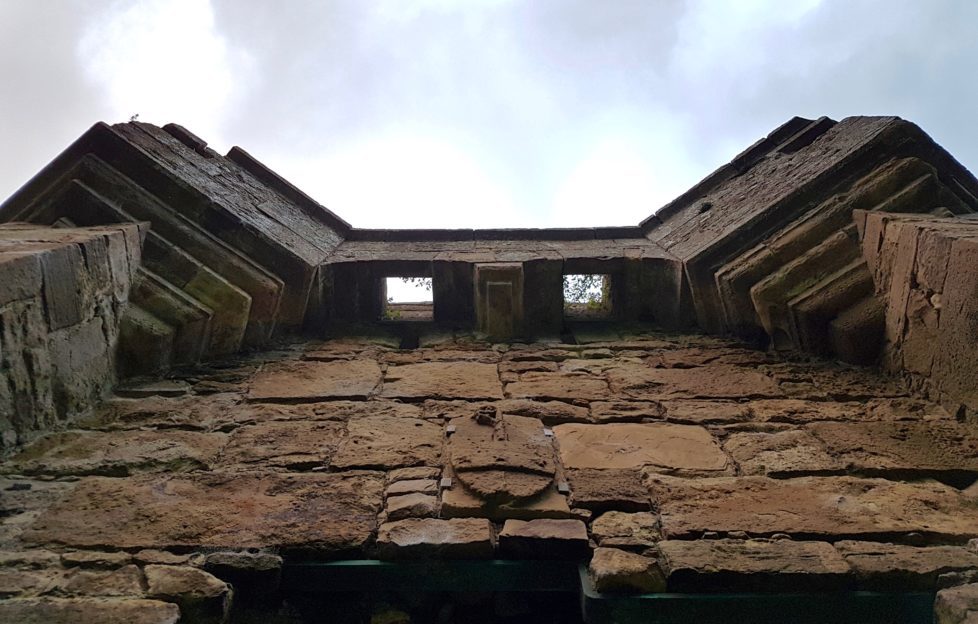Castles 101 – Playing Defence
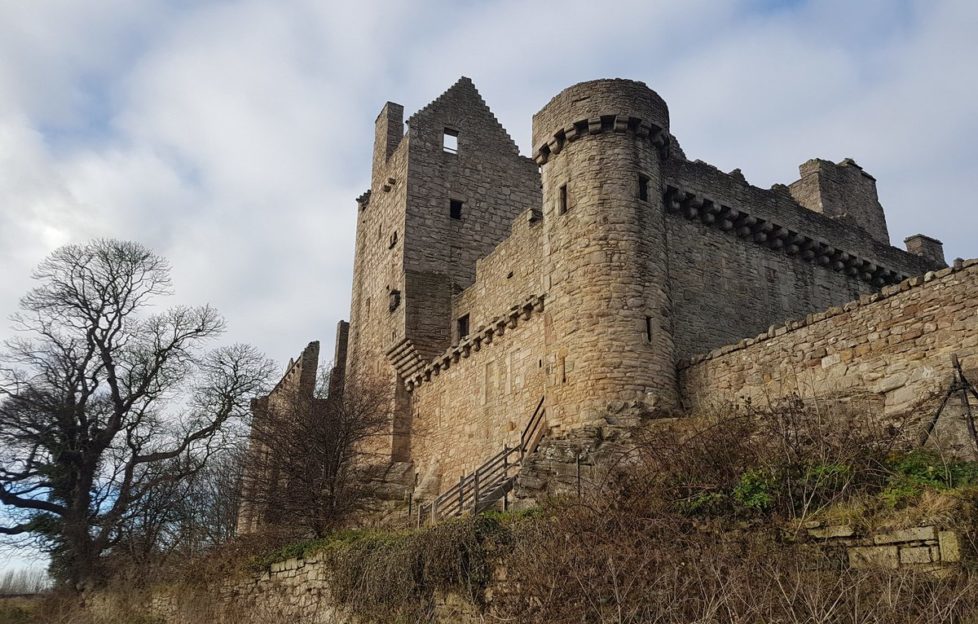

David Weinczok
Discover the dangerous defence features
of Scotland’s castles… and count the times
you’d be dead before you reach the gates!
While leading people through the gates of Scotland’s castles, I’ve recently started to play a fun little game called ‘count the ways you’d be dead’. It’s good family fun, and the goal is simple: to figure out how many times, from approaching the gate to getting through the other side, you’d be a goner if you were attacking it for real.
Inevitably, kids are by far the most eager participants.
“Boiling oil!” they suggest with glee.
“A boulder to crush everyone! Giant spikes!” they shout, while forming said spikes with a sweeping hand gesture. Let me say for the record that I shudder at the prospect of attacking a castle conceived of by eight-year-olds.
The actual methods of defending a castle were scarcely less imaginative. Murder holes, defensive toilets and gun tunnels may sound like Home Alone-esque contraptions, yet you can find examples of all of these at various Scottish castles. Here’s a quick run-through of some of the ways that castles could seriously ruin an attacker’s day.
Crenellations
Ask a kid to draw a castle and they’ll put odd teeth-like projections at the top of the walls. There’s a word for them – crenellations. More specifically, ‘merlons’ are the stone projections and ‘crenels’ are the gaps between them. Their advantage is obvious; the soldier behind them can seek shelter, while archers, crossbowmen and artillery attacking the castle have a much more difficult target.
Keep your eye out for decorative crenellations, however, as many examples are there for show and aren’t much good in a fight. The merlons should be at least as high as the average person is tall. There’s not much point if you’re only protected up to your belly button. I like the ones on the Norse-Gaelic castles of the west coast that relied so heavily on their formidable outer walls, such as Skipness and Castle Tioram.
- Crenellations at Skipness
- Tioram has excellent examples of crenellations
- Tioram Castle’s defences
Machicolation
You’re running up to the walls, ready to scale them with ladders or bash a ram through the gates. You reach the relative cover of the foot of the wall only for a rock to crash straight down onto your head, dropped through a machicolation.
These are the gaps you’ll sometimes find at the top of a wall, where stone corbels protrude out and overhang the wall itself. In addition to being fun to say, they allow defenders to drop all manner of horribleness down onto the heads of attackers. Some of the best machicolations I’ve seen anywhere in Scotland are at Craigmillar Castle in the south of Edinburgh. Stand atop the wall and imagine squishing baddies below.
- Craigmillar has exceptional machicolations
- Woe betide anyone who attacks this castle…
- Stand atop the wall and imagine squishing baddies below!
Defensive Toilets
Oh, sure, you’re laughing now. No, this was not a case of feeding the guards a rotten dinner the night before a siege then unleashing them on the castle’s latrine closets! Rather, it’s a case of working with what you’ve got. Latrine chutes from the castle’s private chambers spill out of the walls, ideally into a river but often simply onto the ground at the foot of the wall far below.
Plus, such chutes could just as easily have scalding water or similar substances poured down. Imagine becoming a knight in shining armour just to get done in by a toilet chute – just think of the posthumous sobriquets!
A great example of this can be found at Dirleton Castle in East Lothian where, during a visit last summer, stewards demonstrated this method by pouring a bucket of water down one of the latrine chutes. Sure enough, it created a wide splash zone that I made sure to stay very well clear of.
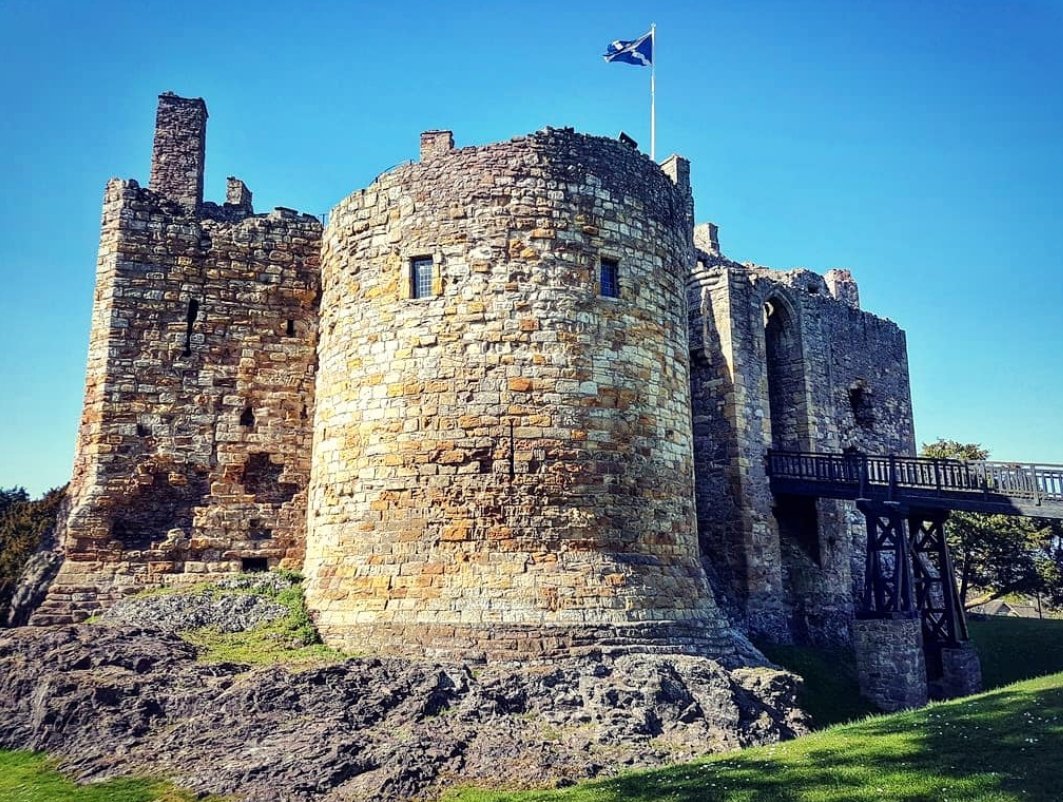
Dirleton Castle
Murder hole
One of the most evocatively grim examples of castle terminology, murder holes are dead simple – sorry. They’re holes or gaps directly above a castle’s entrance to drop things on anyone trying to come in uninvited.
Contrary to many Hollywood scripts, boiling oil was almost never used. Why use good oil or pitch, which is expensive, when you could heat some sand? Plus, sand could get in to every conceivable crack of an enemy’s armour. The list of things you could drop down a murder hole is as long as your sense of creativity. There’s a great example of one at Spynie Palace in Moray. A bishop’s palace it may be, but power draws ire and so the old gates were equipped with murder holes to match those of any secular warlord.
- Spynie Palace in Moray
- This bishop’s palace isn’t as sweet as it seems
- Beware the murder holes!
Caponier
You’re through the gate! Not far to go now into the courtyard, just around a corner and – bang, you’re done. A few crafty castles like Craignethan in South Lanarkshire and Blackness in West Lothian have a sort of medieval pillbox called a caponier. Gunners use these in concealed locations to fire into the backs or sides of anyone rushing into the castle.
They were primarily installed in the 16th century when handheld guns were becoming more commonplace. Earlier guns were unwieldy things, however, and after one or two blasts they would leave the caponier full of harsh smoke. There are only a handful of caponiers in Scotland, and perhaps that’s why.
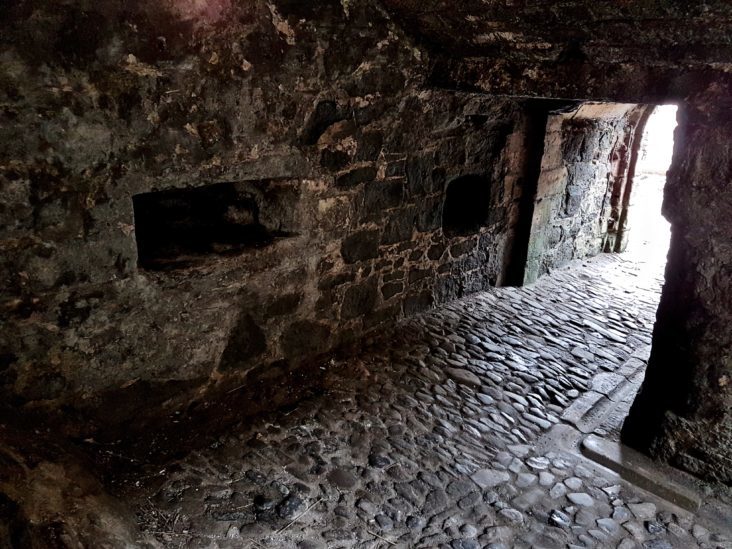
The concealed caponier in Blackness Castle
This completes your Castles 101, but these are just a few of the option available to Scotland’s castle builders. Other examples including overhanging timber hoardings, counter-mines, all manner of arrow slits and gun loops, restrictive corridors, and so on.
Using this very practical information, see how many of them you can spot the next time you visit a castle. And better yet, how would you reckon with them?


